How Football Teams Fared After Moving Into Their New Stadiums
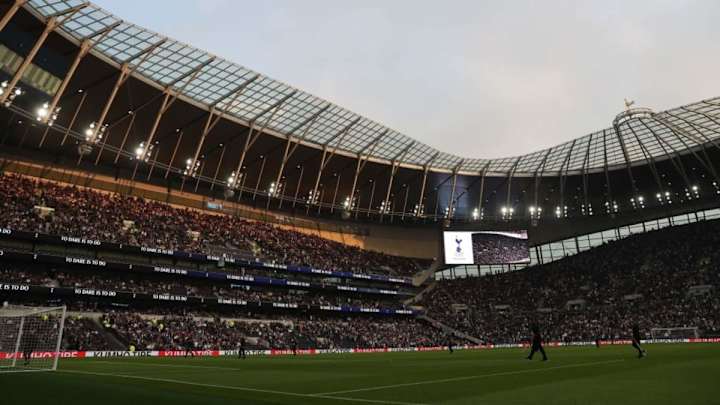
Tottenham will finally play their first competitive match in their new stadium this week when they take on Crystal Palace in a crucial Premier League clash.
The new £1bn arena, which has been creatively christened the Tottenham Hotspur Stadium, can hold 62,000 people and it looks as though the new, heavily delayed ground may be one of the world's finest.
Having lost four of their last five Premier League games, Spurs will be hoping for an immediate impact from their new home as they attempt to cling on to their spot in the top four, a position which looked secure not too long ago.
But how have other major clubs around Europe fared when moving into a new home? Is the impact always a positive one when a club leaves a beloved previous home?
Check out 90min's roundup of how some of Europe's clubs have fared at their new stadiums.
Arsenal - Emirates Stadium
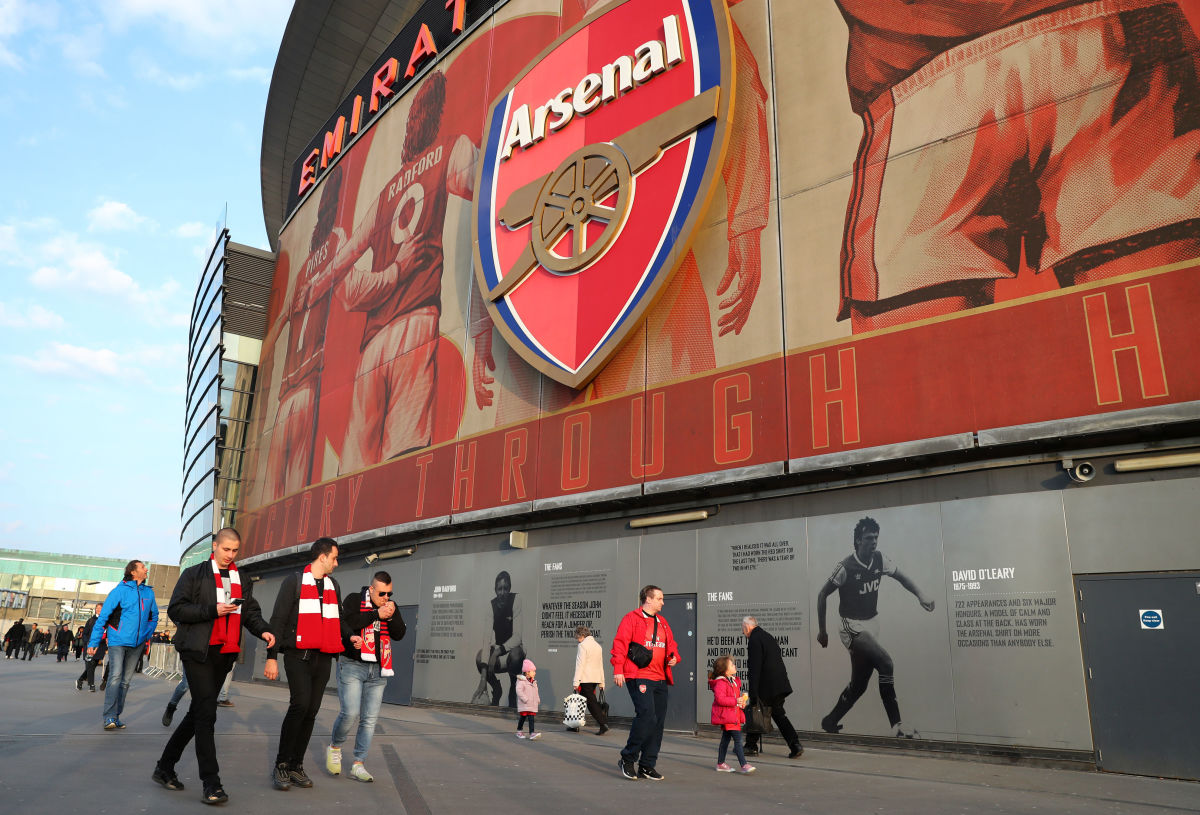
Tottenham's north London rivals Arsenal left Highbury in 2006 to play in a much more modern 60,000 capacity stadium.
The Arsenal board also had the idea of displaying the trophies the club has won around the ground for all to see, but it took a good while for the Gunners to add to that collection, with their first piece of silverware since their move coming in the form of the 2014 FA Cup.
Having won three Premier League titles at Highbury in six years, Arsenal haven't really come close to adding to that total since their move, with the club finishing either third or fourth in nine of the 12 seasons they've played at the Emirates.
Spurs will learn the lessons from their arch rivals, who seem to have had their budget reduced for transfers due to the cost of the Gunners' move.
Brighton - The Amex Stadium
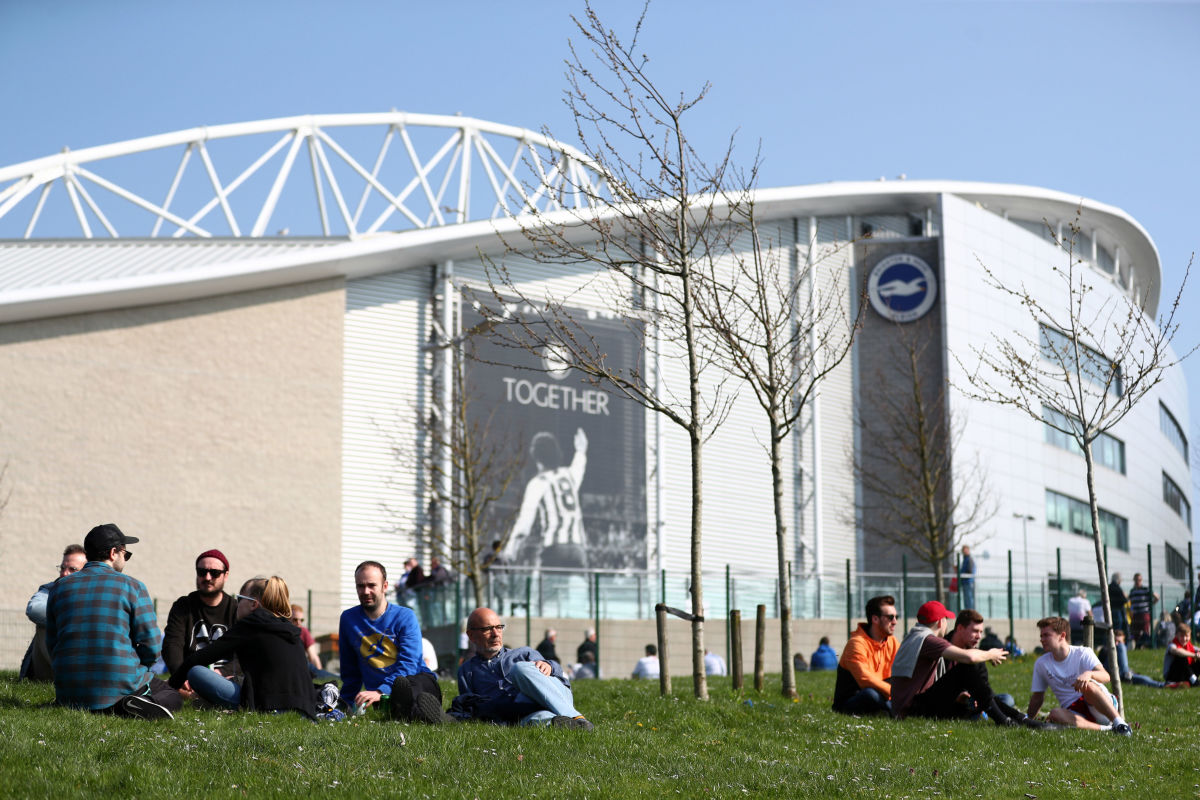
Brighton fans were so determined to leave the dreadful Withdean Stadium that anything after that would have been an improvement, but what they got in 2012 was a superb 30,000 capacity stadium fit for Premier League football.
Following two consecutive defeats in the Championship play-offs in their first couple of seasons in their new home, the Seagulls finally won promotion back to the top flight for the first time in 34 years.
Although not mathematically safe just yet, it looks as though Chris Hughton's side will play Premier League football again for the third consecutive campaign next year.
Manchester City - The Etihad Stadium
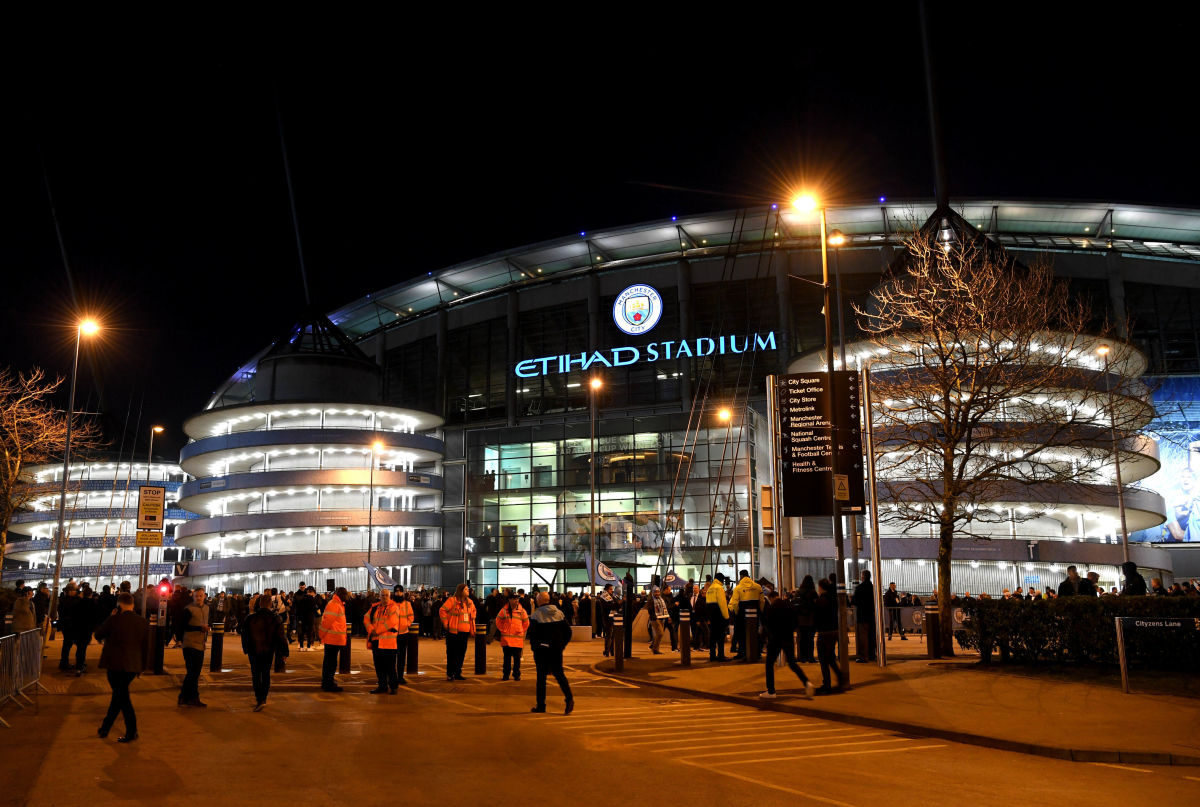
The Citizens left Maine Road in 2003 to move into the stadium which was originally used for the 2002 Commonwealth Games in Manchester.
City needed to keep their premier status having been somewhat of a yoyo club in previous years, and their new ground helped them do just that, attracting the likes of Nicolas Anelka and Robbie Fowler to the club, as well as recording memorable victories over fierce rivals Manchester United.
In 2008, City were taken over by Sheikh Mansour and English football changed forever. There is an argument to suggest that if the Sky Blues were still at Maine Road, they would never have seen Mansour's billions or the three Premier League titles his money has helped bring.
West Ham United - The London Stadium
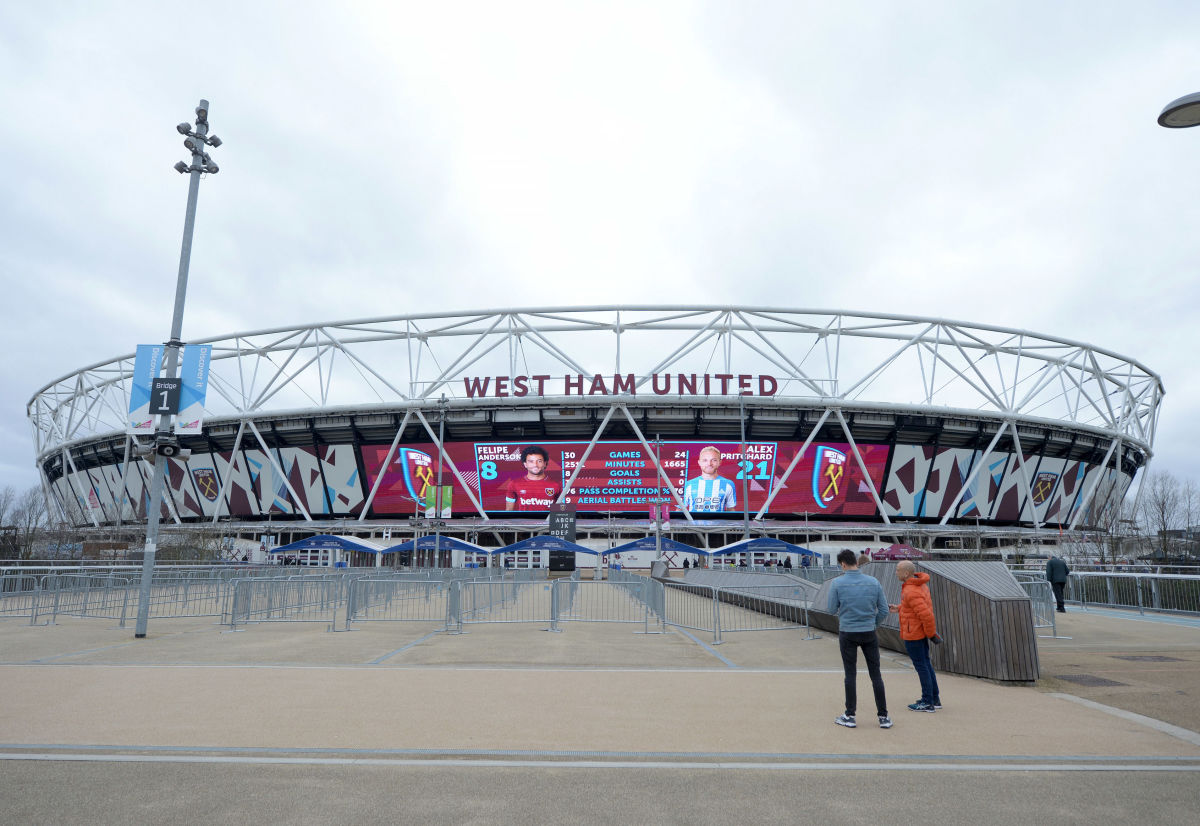
It's pretty clear that West Ham fans really didn't want to leave Upton Park to move to the stadium which had hosted the London 2012 Olympic Games.
Hammers fans loved the atmosphere that Boleyn Ground created, something which just didn't seem to move across to a ground which felt like it still had a running track around it, and it felt like the soul had been taken out of the East London club.
Following a 3-0 home defeat to Burnley which moved the club closer to the relegation zone in March 2018, fans revolted. There were ugly scenes involving supporters not only getting on the pitch, also charging towards club owners David Gold and David Sullivan to protest about how the club was being run.
Things seem to have calmed now, but the Hammers inconsistent home form will still surely be a cause for concern for a club who aim to be in the division's upper echelons.
Atletico Madrid - The Wanda Metropolitano Stadium
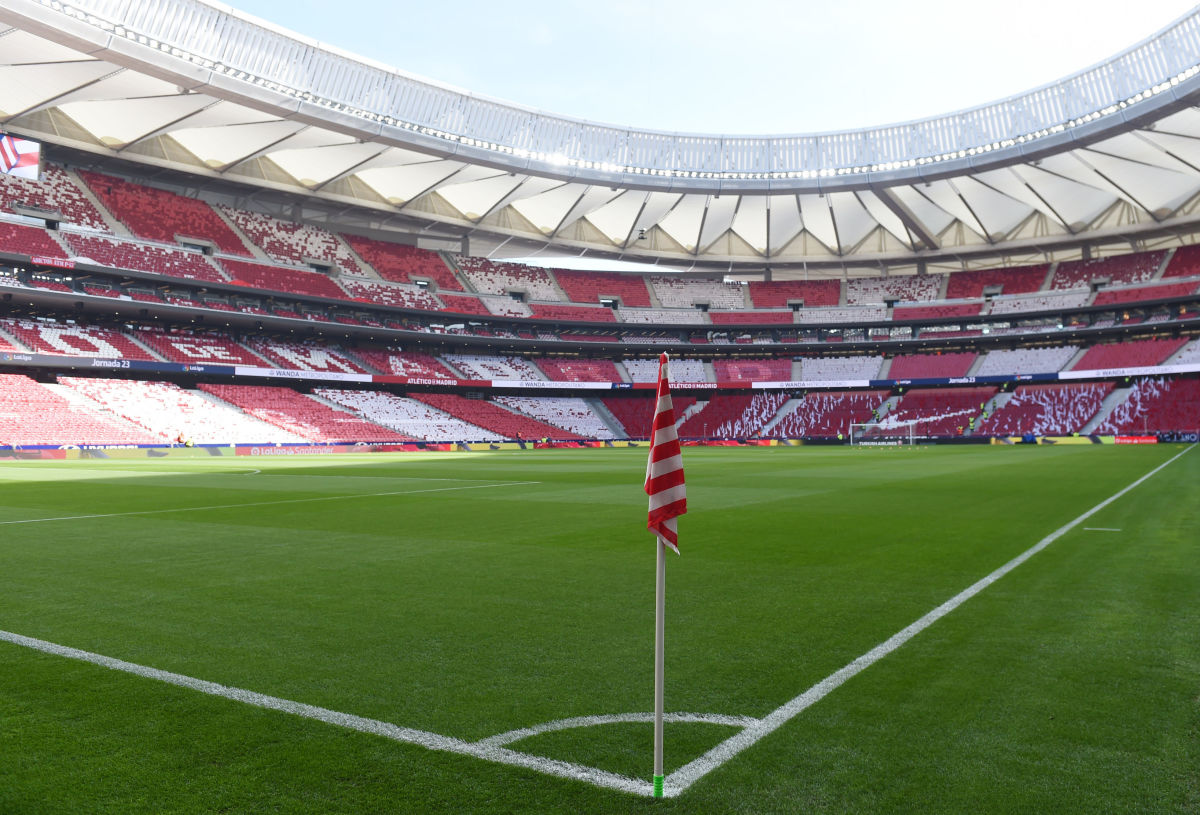
Since leaving the Vicente Calderon for the new 68,000 capacity stadium in summer 2017, Diego Simeone's side have been extremely impressive at home.
They have lost only twice in 30 La Liga matches at the Wanda, conceding just 15 goals in that time. They are also in second place as things stand after finishing runners up ahead of city rivals Real in the previous campaign, where they also went on to win the Europa League.
Bayern Munich - The Allianz Arena
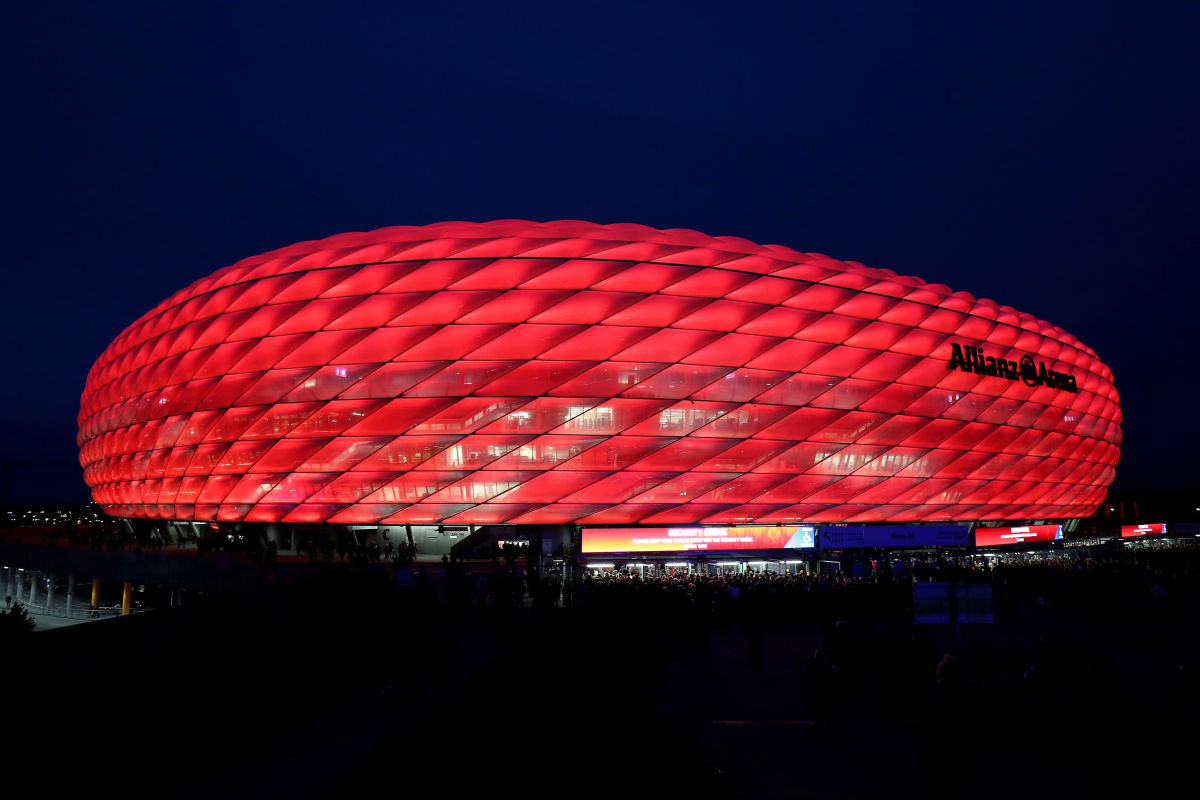
Bundesliga giants Bayern Munich moved to the newly built Allianz Arena in 2005, with the outside lighting of the stadium changing colours depending on who is playing there.
The 75,000 seater is a spectacular cathedral of football, and it has predictably brought the Bavarians plenty of success.
Bayern have won ten of the previous 13 Bundesliga titles, while also triumphing in the Champions League in 2013.
Juventus - The Allianz Stadium
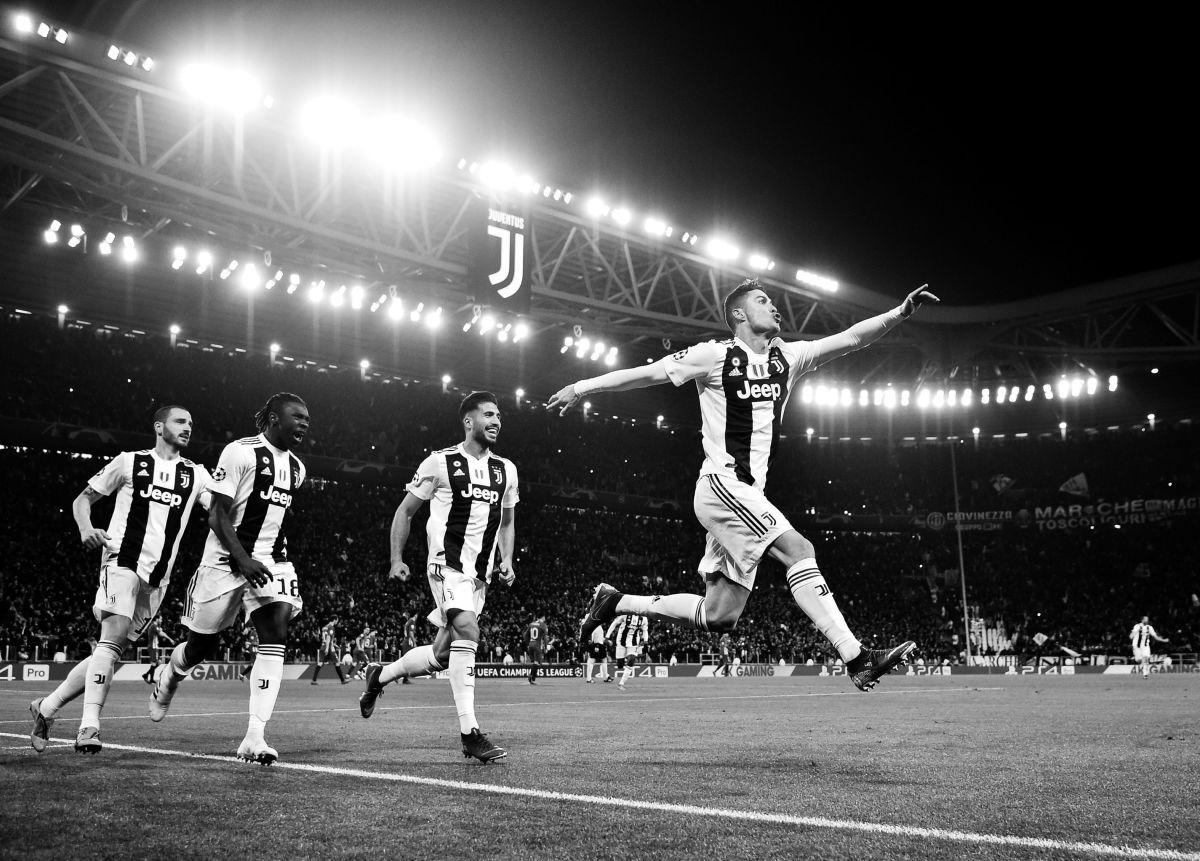
If Spurs are looking for a model on how to successfully transition to a new stadium, there aren't many better options than Juventus.
Since moving to their new home in 2011, the Old Lady have won every single Serie A title available to them, with the club only losing nine times at the Allianz in all competitions since it opened.
After a difficult period for the club which saw them demoted to Serie B in 2006 due to a match fixing scandal, a move away from the Stadio Delle Alpi was exactly what the club needed to reclaim their spot as Italy's most dominant club.
